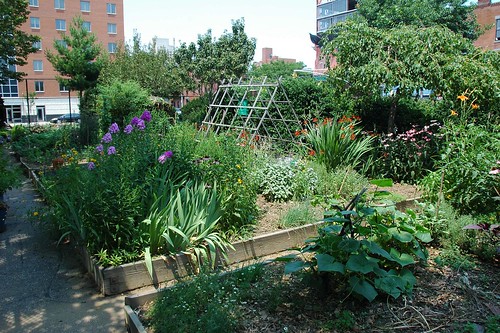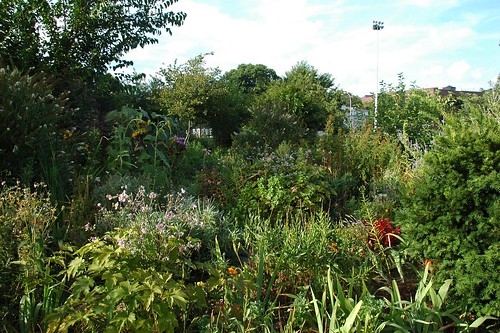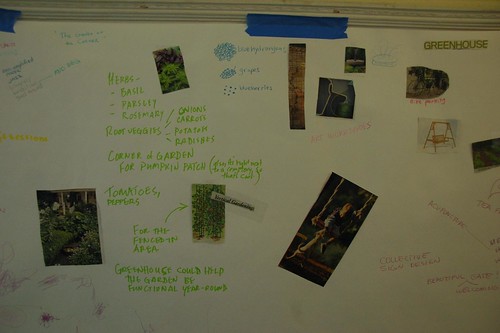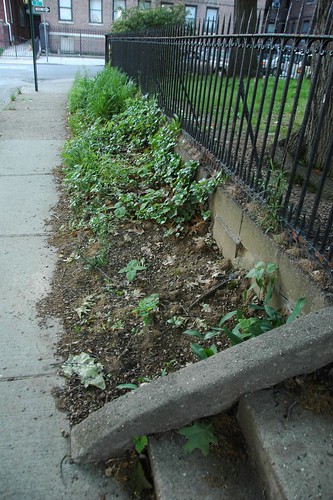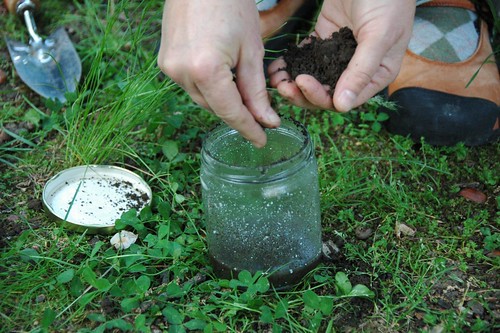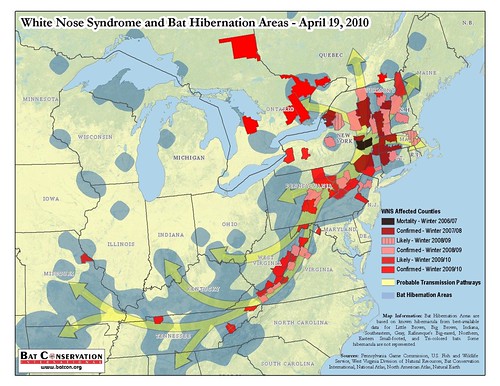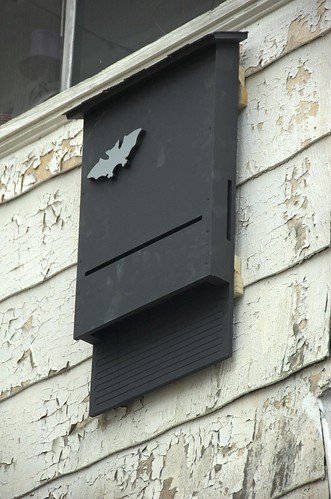Chelidonium majus, Lesser Celandine, growing in my garden, June 2006.
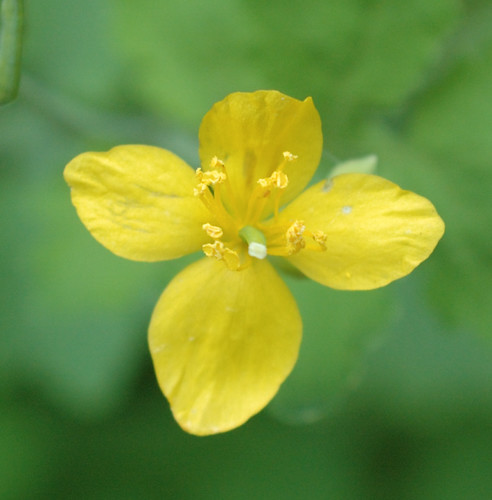
The plan will create the first-ever official lists of invasive species, both plant and animal, and create the legal authority to enforce controls as state regulations.
h/t @BuggedDoc
Press Release
Monday, June 28, 2010
Contact: Jessica Ziehm
518-457-3136
jessica.ziehm@agmkt.state.ny.us
COUNCIL RELEASES PLAN TO COMBAT INVASIVE SPECIES IN NYS
Report Identifies New Process to Categorize Non-Native Invasive Species
The New York State Invasive Species Council today submitted its final report to Governor David A. Paterson and the State Legislature. The report, titled “A Regulatory System for Non-Native Species,” recommends giving the Council authority to develop regulations for a new process that will prevent the importation and/or release of non-native invasive species in New York’s waterways, forests and farmlands.
The report, prepared by the nine-agency Council and co-led by the Department of Agriculture and Markets and the Department of Environmental Conservation, introduces a new process for assessing each invasive species for its level of threat, its socioeconomic value, and for categorizing them into distinct lists for appropriate action.
State Agriculture Commissioner Patrick Hooker said, “In recent years, we have struggled with the economic and environmental impacts of non-native species such as Plum Pox Virus, Emerald Ash Borer and the Asian Longhorned Beetle, but we have also acknowledged the positive aspects associated with some, such as timothy, Norway maple and lady bugs. With the adoption of this report, New York will now have a process by which the merits of various invasive species will be evaluated and their level of harm and/or benefit will be reviewed to ensure unacceptable ecological or health risks are not purposefully introduced as pets, nursery stock, food or other uses.”
State Environmental Conservation Commissioner Pete Grannis said, “New York needs to take action now to curb the many pathways that invasive species use to make their way here. With this new regulatory approach, we can do just that. The system the Council is proposing strikes the right balance of minimizing the major threats to our ecology and economy while allowing for the careful use of those plants and animals that pose lower risks.”
The new assessment process would allow the state to categorize invasive species – such as zebra mussels, Sirex wood wasps and Eurasian milfoil – as “prohibited,” “regulated” or “unregulated.” As a result of this classification system, regulatory control where necessary, would help restrict movement of potentially harmful plants and animals.
Species in the “prohibited” category would be the most restricted as they pose clear risks to New York’s economic, ecological and public health interests, and, therefore, would be banned from commerce entirely. “Regulated” species would be restricted, but not prohibited from commerce, and require practical and meaningful regulatory programs. “Unregulated” species would be identified as those non-native species that do not pose a threat and therefore could be used freely in commerce.
Two “tools” would be used in assessing risks from non-native plants and animals. One evaluates the inherent, biological “invasiveness” of each species, i.e., some species are better “weeds” than others. The other tool looks at socio-economic values to help the Council decide whether the social benefits of a plant or animal outweigh the potential harm. For example, earthworms have often been shown to have positive effects on soil structure and fertility in agricultural and garden ecosystems; however, glacial ice sheets that covered most of New York some 11,000 to 14,000 years ago left New York worm free. Thus, today’s worms are actually European invaders and considered a non-native invasive species, but are clearly valuable.
The process of categorizing invasive species and other report recommendations were developed with the assistance of a 17-member steering committee comprised of representatives from state and federal agencies, conservation, academic and industry groups including agriculture, pets, nursery and landscape. In addition to Department of Environmental Conservation and Department of Agriculture and Markets, the Council is made up of the Commissioners of Transportation, Parks, Recreation and Historic Preservation, and Education; the Secretary of State; the Chairperson of the New York State Thruway Authority; the Director of the New York State Canal Corporation; and the Chairperson of the Adirondack Park Agency.
The New York State Invasive Species Council’s final report is available online at http://www.dec.ny.gov/animals/63402.html.
New York State is engaged in efforts to reduce the impacts of existing invasive species, such as the Asian Longhorned Beetle and most recently, the Emerald Ash Borer. Department of Agriculture and Markets’ horticultural inspectors have successfully treated 549,856 trees in Brooklyn, Queens and Staten Island as part of efforts to eradicate the Asian Longhorned Beetle and protect our forests and urban trees. The Emerald Ash Borer was found in Randolph, Cattaraugus County, in June 2009. The Departments of Environmental Conservation and Agriculture and Markets responded quickly and removed affected trees. Since that time over 387 compliance agreements have been written to prevent the human spread of the Emerald Ash Borer.
[goo.gl]
Related Content
My blog posts on invasive species
Links
New York State Invasive Species Council Releases Plan to Combat Invasive Species in New York State, Press Release, NYS Department Of Agriculture And Markets, 2010-06-28
Invasive Species List Report, NYS Department of Environmental Conservation
